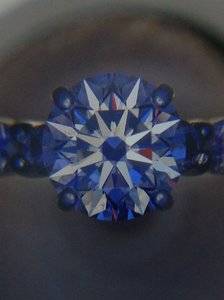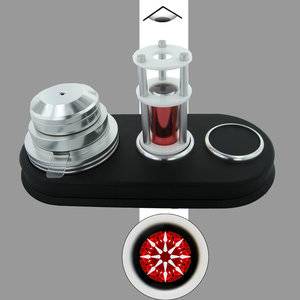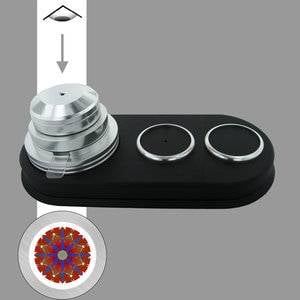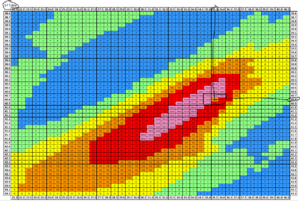Lykame
Brilliant_Rock
- Joined
- Jun 1, 2018
- Messages
- 1,433
I do apologise, because I feel sure this is a silly question, but despite having read various threads and websites about it, I'm still confused.
I cannot figure out why a hearts and arrows viewer and an Idealscope are a different thing? I know that hearts and arrows is about symmetry, and that an Idealscope is about light return, but how do they differ in the way they actually view the diamond? Is there a light source associated with an Idealscope? Is there a relationship between what you see in a hearts and arrows viewer vs an idealscope?
I am asking this question because I have a hearts and arrows viewer but not an Idealscope. I have just bought an ASET scope from AGS (amazing international customer service, I'm very impressed). It hasn't arrived yet. I haven't bought an Idealscope. I can't figure out really what an Idealscope adds that you can't get from an ASET combined with a hearts and arrows? And out of all of them I would have thought the ASET is most important.
I would be super grateful for clarification please. What am I missing?
I was playing with my diamond and my heart and arrows viewer. It is a mounted stone and trying to get a well-aligned picture did make me feel quite sea-sick...! This was the best I could do:
This was the best I could do:

I cannot figure out why a hearts and arrows viewer and an Idealscope are a different thing? I know that hearts and arrows is about symmetry, and that an Idealscope is about light return, but how do they differ in the way they actually view the diamond? Is there a light source associated with an Idealscope? Is there a relationship between what you see in a hearts and arrows viewer vs an idealscope?
I am asking this question because I have a hearts and arrows viewer but not an Idealscope. I have just bought an ASET scope from AGS (amazing international customer service, I'm very impressed). It hasn't arrived yet. I haven't bought an Idealscope. I can't figure out really what an Idealscope adds that you can't get from an ASET combined with a hearts and arrows? And out of all of them I would have thought the ASET is most important.
I would be super grateful for clarification please. What am I missing?
I was playing with my diamond and my heart and arrows viewer. It is a mounted stone and trying to get a well-aligned picture did make me feel quite sea-sick...!








300x240.png)